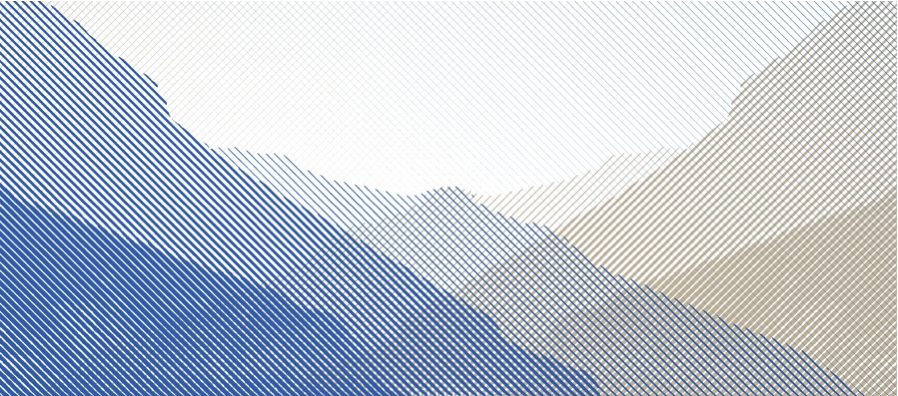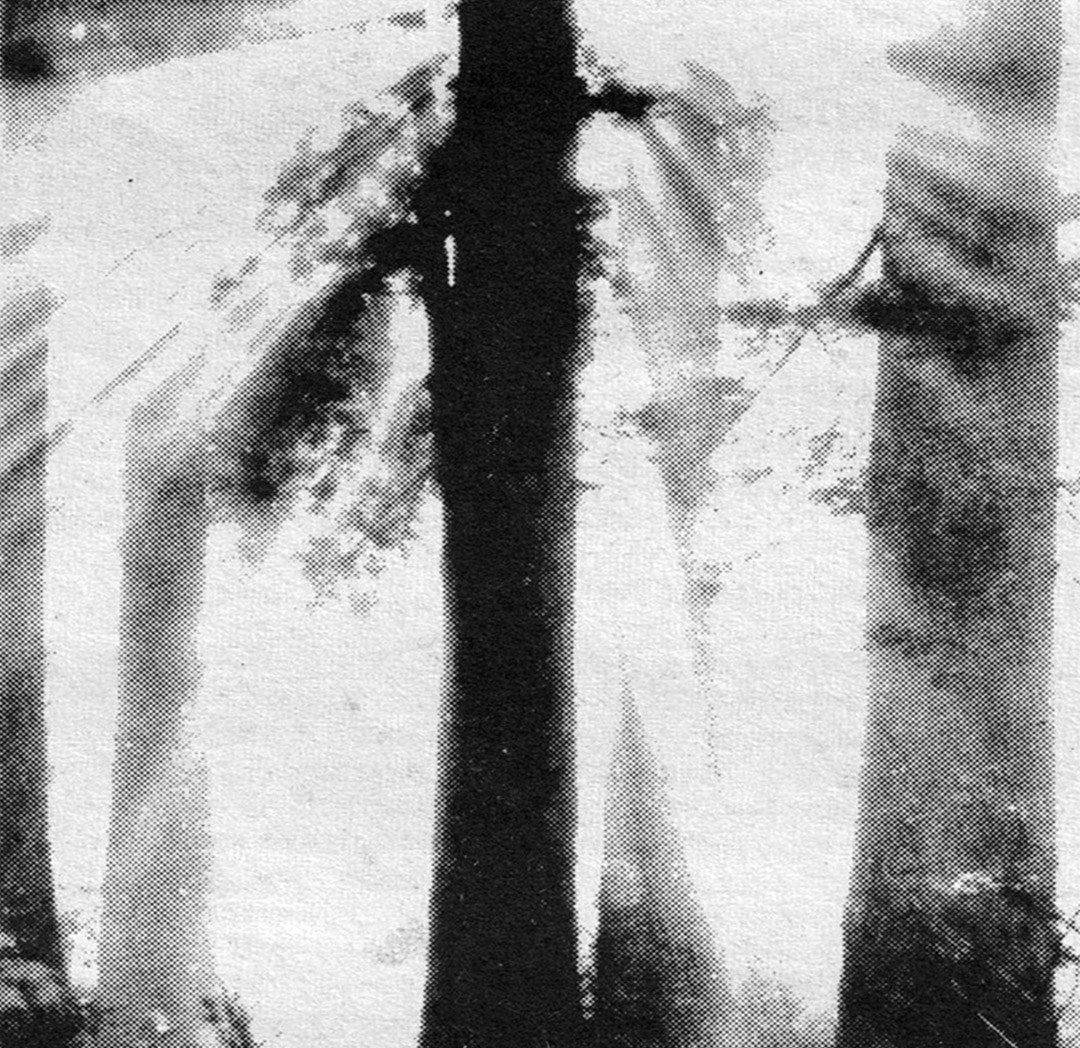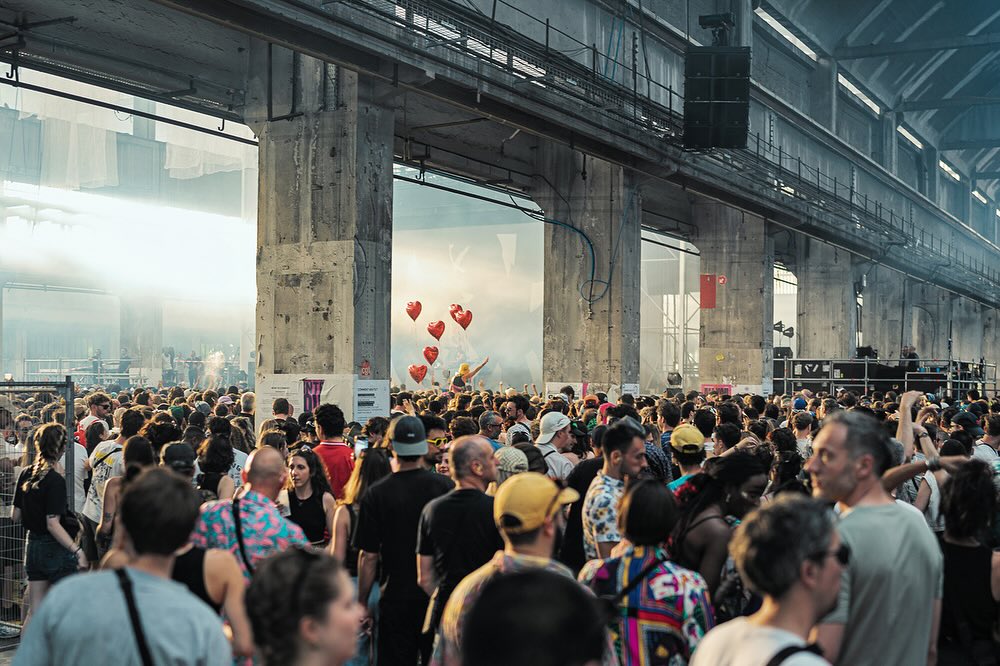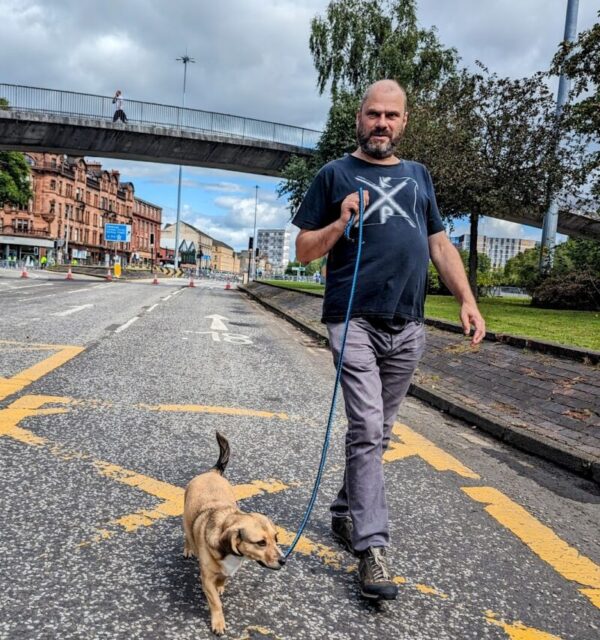Track By Track: Meanza&De – Ou

Ou est le pamplemousse? That's pretty much the extent of the combined knowledge of French between all of us here at R$N Towers (speak for yourself Ciaran) so we're assuming that the latest album from Meanza&De is simply called 'Where'. If we're wrong, it's not the end of the world and frankly we're too busy worrying about where our grapefruit has gone. Meanza&De, however, knows a bit more about European culture and the album takes us on an aural tour of some of Europe's most cultural cities. We sat back and let them describe OU one track at a time;
Spree 1 & Spree 2
Of course the main source of inspiration for these two tracks is Berlin’s river, the Spree. The way the music is organized, the way it sounds, pays homage to this calm urban river and its ever-changing flowing motion.
The tracks are separated like a mini-suite, suggesting perhaps a day/night alternation: a two-day crossing of the city through the river. I personally like to associate different moments in the tracks to different places on the river. Maybe when the bass drum comes in, we’re near to the east-side club district, and the distant voices we hear after that are morning chants from Treptower Park…
Actually most of these associations came during the editing time, as I was recomposing the material we recorded with Filipe. He had probably other “visions” while we were playing, but the good time we spent talking and relaxing by the river made certainly a common ground to these sounds.
These are also the tracks that I feel are most represented by our cover art (by Marco Ugolini), with the blue and brow colors and the abstract natural forms.
Nominale Steigung
This track is probably the only one we actually played in our live sets before the recording. Although every other feature has frequently changed, the main sample has always been the same: a pitched-down German voice speaking about “costs” and “nominal increases”. Filipe and I find this effect actually a bit cheesy (it’s the simplest gimmick you can think of), but we also liked the menacing combinations of the tribal elements and these lazy bureaucratic advices. This track turns out to be well connected to present times, as the main sample was aptly chosen. It’s a German politician speaking about the economic situation in Greece! This is the red track: listening to it now can convey ominous feelings, but also liberating energy.

OSC
This track rotates around a gorgeous improvisation Filipe did on his prepared sitar. You hear the impro at the beginning of the track, then I bring in a very nasty oscillator and I “ruin” everything, stopping this wonderful playing (you can hear Filipe putting down his sitar!). But since at that point I had already collected a lot of real-time samples from the impro, I started playing them back at that provoked a new dialogue between me and him (between the sampled sitar and real sitar), which turned to be pretty intense!
Puppets
This track is the most edited on the album. In the other numbers we wanted to preserve the natural atmosphere of our jams, but in this one things went different. The starting point is a warped sampled sitar loop, which you hear at the very beginning of the song. I liked this loop, so I started building a more linear song structure, layering other instruments on it: snare, bass drum and eventually voices.
The chaotic nature of the original sitar loop didn’t make the editing easy. It was like preparing a boiling soup, in which you try to put new flavors, but everything is hot and sweaty, you feel not so lucid about what you’re throwing in! Side-chain compression and dynamic EQ helped a bit, and our friend Sender did some good fixes in the mastering. Still, I think the track remains intoxicatingly warm, and the color we chose for the video is a delirious purple.
And who are the Puppets? I recorded this voice sample in Siracusa (Sicily, Italy) during a local Puppet Theater performance!

Età del Ferro
This piece accounts for the kind of improvisation Filipe and I often ended doing in our sets. Probably not an easy listen, but it has its dialogic sense and narrative. The title in Italian means “Iron Age”, and recalls once again the primitive feelings we wanted to convey, even though using “experimental sounds” (what does experimental mean, after all?) and lots of machines. The Iron Age metaphor also comes from the metallic sound of the sitar, which connects really good with live-sampling. It was a discovery we made in our first meetings: Filipe’s resonating tone merges seamlessly with the crushed digital texture of my granular synths.
Floyk
Once again, the track rotates around a processed sitar loop and a granular texture on the background. The D-minor pedal allows Filipe to play some actual real “notes” on the sitar (maybe the only moment in the album!), and the whole feeling is nicely psychedelic. The other main character of the track is the small Pocket-Piano synthesizer: it’s the fast arpeggio that comes in and out. This synth was often with me for the live shows, and its basic tone (a harsh digital wave) became also a trademark of most songs. I would link the track’s mood to a photo I did in Italy, in a calm, almost static moment of a sunny afternoon, half asleep under thick shadows.

Weg
We saved for the album’s closing a very nice and naïve sitar riff, which is then sampled and layered with electronics. It’s the most sweet and “folk” tune we made, in which we connect explicitly with all the ethnographic samples we used throughout the album. Once again, this laptop-sitar jam can be set by the river or by the sea, under a tree on planet “OU”. And when the fisherman calls finally come in, everything we like is there, in its own right place.

OU is out now via Aut Records.


















Must Reads
David Holmes – Humanity As An Act Of Resistance in three chapters
As a nation, the Irish have always had a profound relationship with the people of Palestine
Rotterdam – A City which Bounces Back
The Dutch city is in a state of constant revival
Going Remote.
Home swapping as a lifestyle choice
Trending track
Vels d’Èter
Glass Isle
Shop NowDreaming
Timothy Clerkin
Shop Now